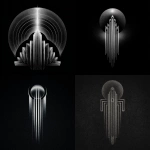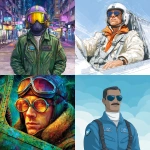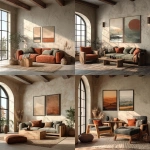Explore the Best AI Image Gallery
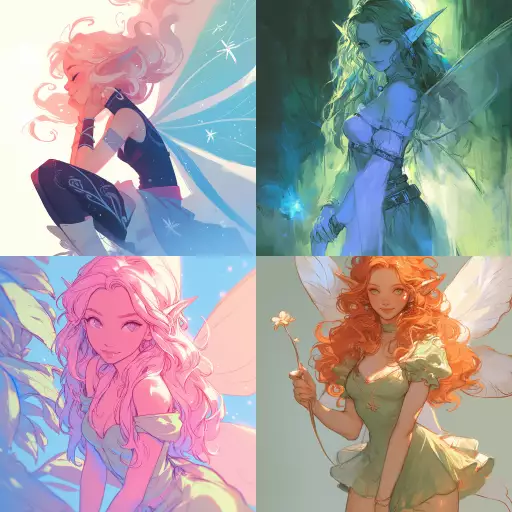
Where Imagination Meets Innovation: AI Image Creation Tools and the Creative Industry
The world of art and design is undergoing a profound transformation, driven by the rapid advancements in artificial intelligence (AI). At the forefront of this revolution are AI image creation tools, sophisticated algorithms capable of generating stunningly realistic and imaginative visuals from simple text prompts. These tools are not merely digital paintbrushes; they represent a paradigm shift, blurring the lines between human creativity and machine ingenuity.
Unlocking Creative Potential Across Industries
The impact of AI image creation extends far beyond the realm of fine art. Across various industries, these tools are proving to be invaluable assets:
- Marketing and Advertising: AI can generate captivating visuals for marketing campaigns, social media content, and product demonstrations, saving time and resources while ensuring visually compelling output.
- Graphic Design: Designers can leverage AI to create logos, illustrations, website layouts, and other design elements, accelerating the creative process and exploring innovative concepts.
- Entertainment and Gaming: AI-powered tools are revolutionizing game development by generating realistic environments, characters, and assets, enhancing immersive experiences for players.
- Fashion and Apparel: Designers can utilize AI to create virtual fashion collections, experiment with new designs, and personalize clothing options based on individual preferences.
The Power of Text-to-Image Generation
One of the most remarkable aspects of AI image creation is its ability to transform text prompts into visual representations. Users can describe a scene, object, or concept in words, and the AI algorithm will generate a corresponding image based on its vast understanding of language and visual concepts.
This feature opens up exciting possibilities for:
- Conceptual Visualization: Artists and designers can quickly bring their ideas to life, visualizing abstract concepts and exploring different design iterations.
- Personalized Content Creation: Users can generate unique images tailored to their specific needs, from custom illustrations to personalized avatars.
- Enhanced Storytelling: Writers and filmmakers can utilize AI-generated visuals to enhance their narratives, creating immersive worlds and captivating scenes.
Navigating Ethical Considerations
As with any powerful technology, the rise of AI image creation tools raises important ethical considerations:
- Copyright and Ownership: The question of who owns the copyright to AI-generated images remains a complex issue, with legal frameworks still evolving.
- Bias and Representation: AI algorithms are trained on vast datasets, which may contain biases that reflect societal stereotypes. It is crucial to address these biases to ensure fair and inclusive representation in AI-generated imagery.
- Misuse Potential: There is a risk of AI image creation being used for malicious purposes, such as generating deepfakes or spreading misinformation. Safeguards are needed to prevent such misuse.
The Future of Creative Expression
AI image creation tools are poised to revolutionize the creative industry, empowering individuals and organizations to explore new frontiers of artistic expression.
As these technologies continue to evolve, we can anticipate:
- Increased Accessibility: AI image creation will become more accessible to a wider range of users, democratizing creativity and enabling individuals with limited technical skills to participate in the creative process.
- Emergence of New Art Forms: AI will inspire the creation of entirely new art forms, blurring the boundaries between reality and virtuality. Collaborative projects between artists and AI algorithms will yield innovative and thought-provoking works.
- Integration with Other Technologies: AI image generation will be seamlessly integrated with other technologies, such as virtual reality (VR) and augmented reality (AR), creating immersive and interactive experiences.
The future of creativity is a collaborative one, where human imagination and machine intelligence converge to unlock limitless possibilities. AI image creation tools are not meant to replace human artists but rather to augment their capabilities, empowering them to create more compelling and innovative works than ever before.

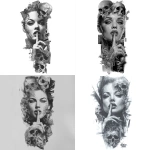

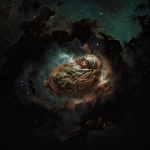
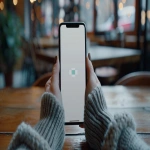
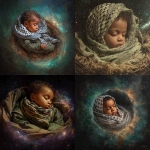
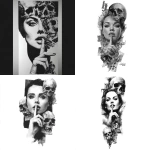

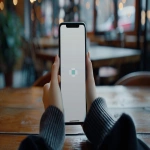
](https://images.ai-img.art/thumbnails/150/336026613fd234b8d6908fe18ecc09b2b2ecf7b8dfe294742041c9862dc499c1.webp)
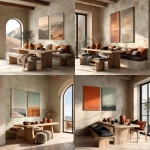


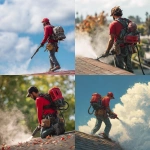
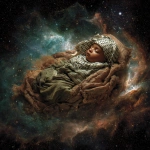
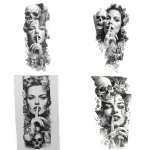

](https://images.ai-img.art/thumbnails/150/85464d88f1d4314cd042a02a6f41440fc3b4343db529794cbe8e6836fdadf409.webp)


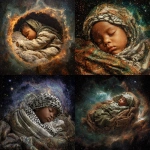

](https://images.ai-img.art/thumbnails/150/4a4f2a16da94ebadad64aeb3b0fb4e64d426431f1d651cc4929142c728fe85b7.webp)
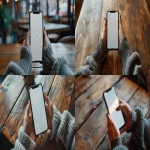

](https://images.ai-img.art/thumbnails/150/9127f72c6be19d533c26ac476f4d216cd89a6a2d7c351333489a3eff30c3ec5a.webp)

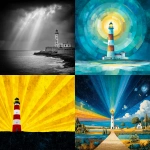

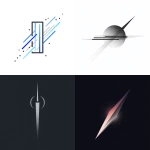


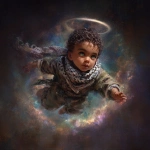
](https://images.ai-img.art/thumbnails/150/b90a5f332cb5d8f02116934e13abd20233e0eeb2368274dbdffaa2e281e4dff5.webp)
](https://images.ai-img.art/thumbnails/150/24610c8978ce6b4f1ced8639b434482871adb07e38af8b90cd535f2533bf18cc.webp)
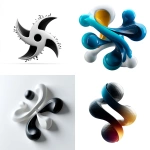
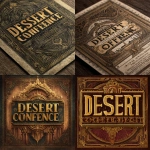

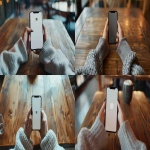
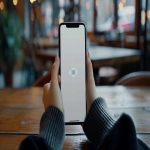
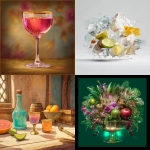


](https://images.ai-img.art/thumbnails/150/37f115f2fa75765b87e6d3e2c9f1b0a80a6a46efa8b864a05278c7fc0a0a62e7.webp)
](https://images.ai-img.art/thumbnails/150/d29fcfc8037938184a641f7980e1102e24a6e82088bc465886d26ffe5bb006c7.webp)
